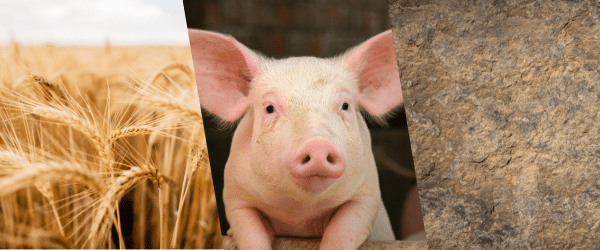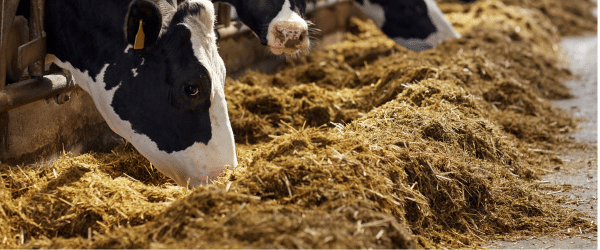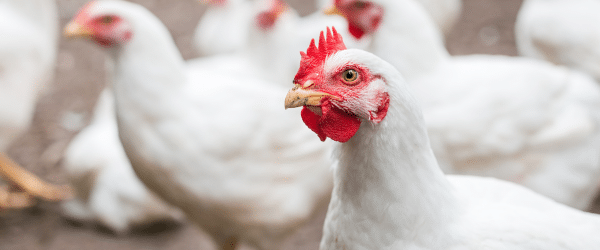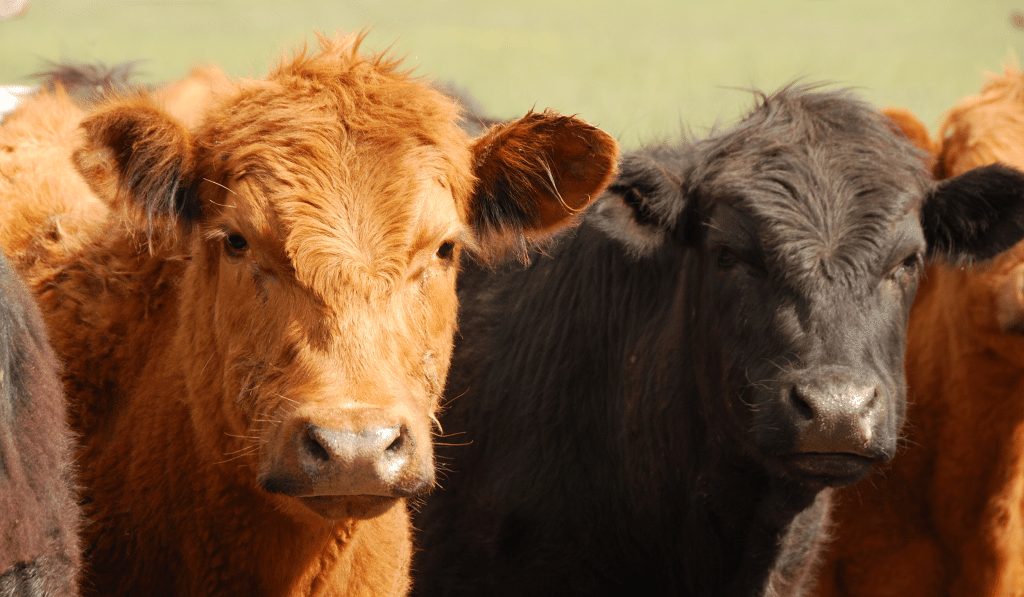Characteristics of organic and inorganic phosphorus (P) sources in farm animals’ feed
Phosphorus (P) in animal feed originates from 3 different sources: organic sources of animal origin, organic sources of plant origin and inorganic sources known as Inorganic Feed Phosphates (IFP).



